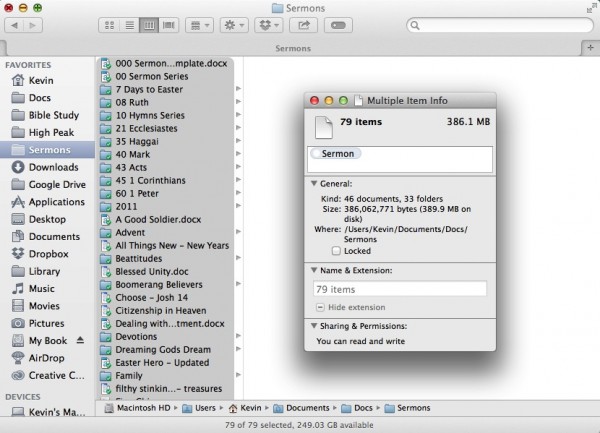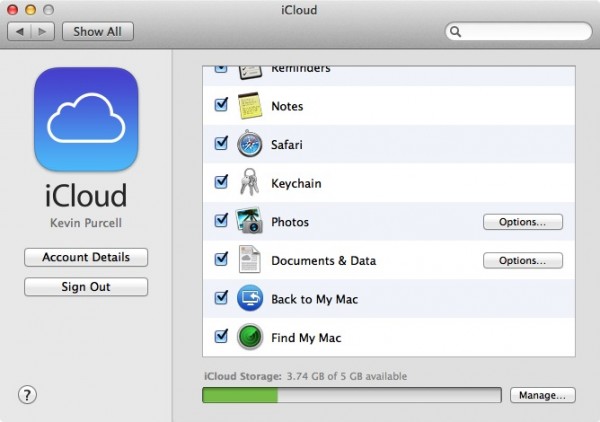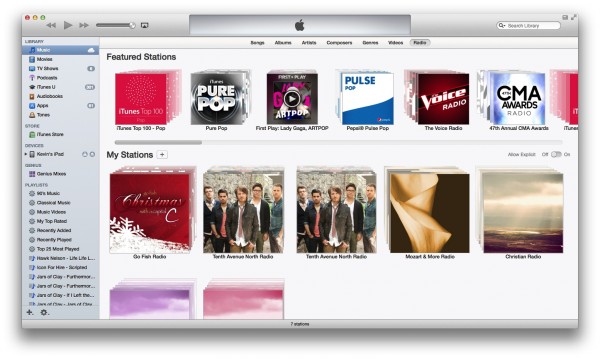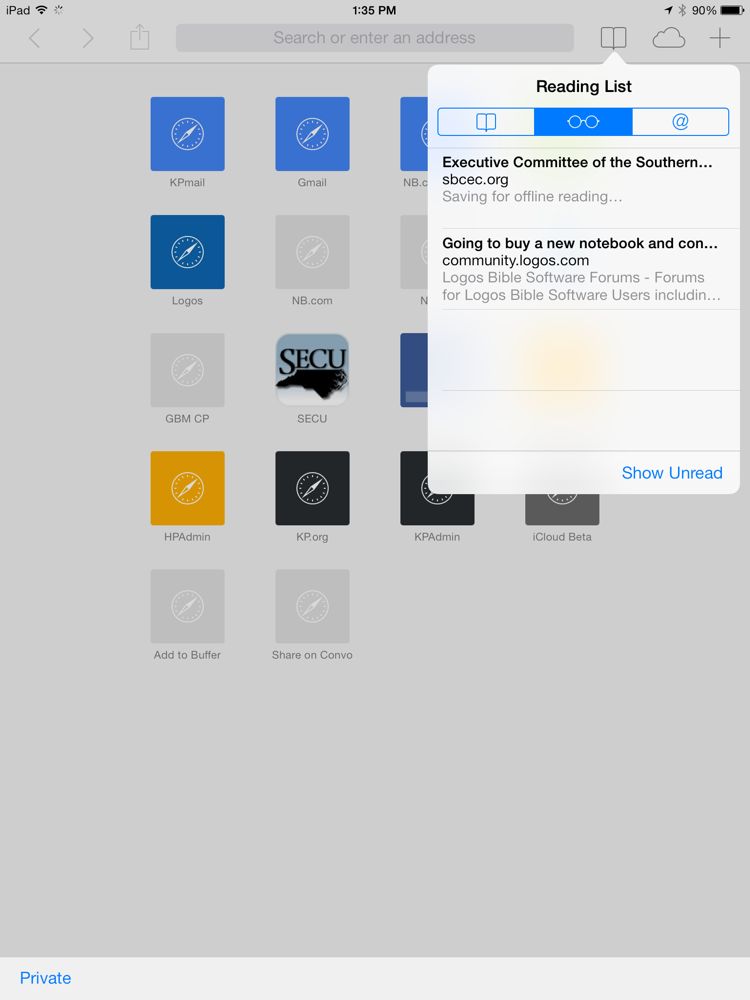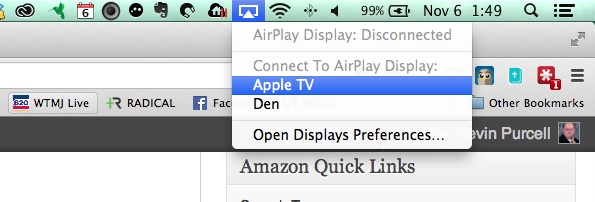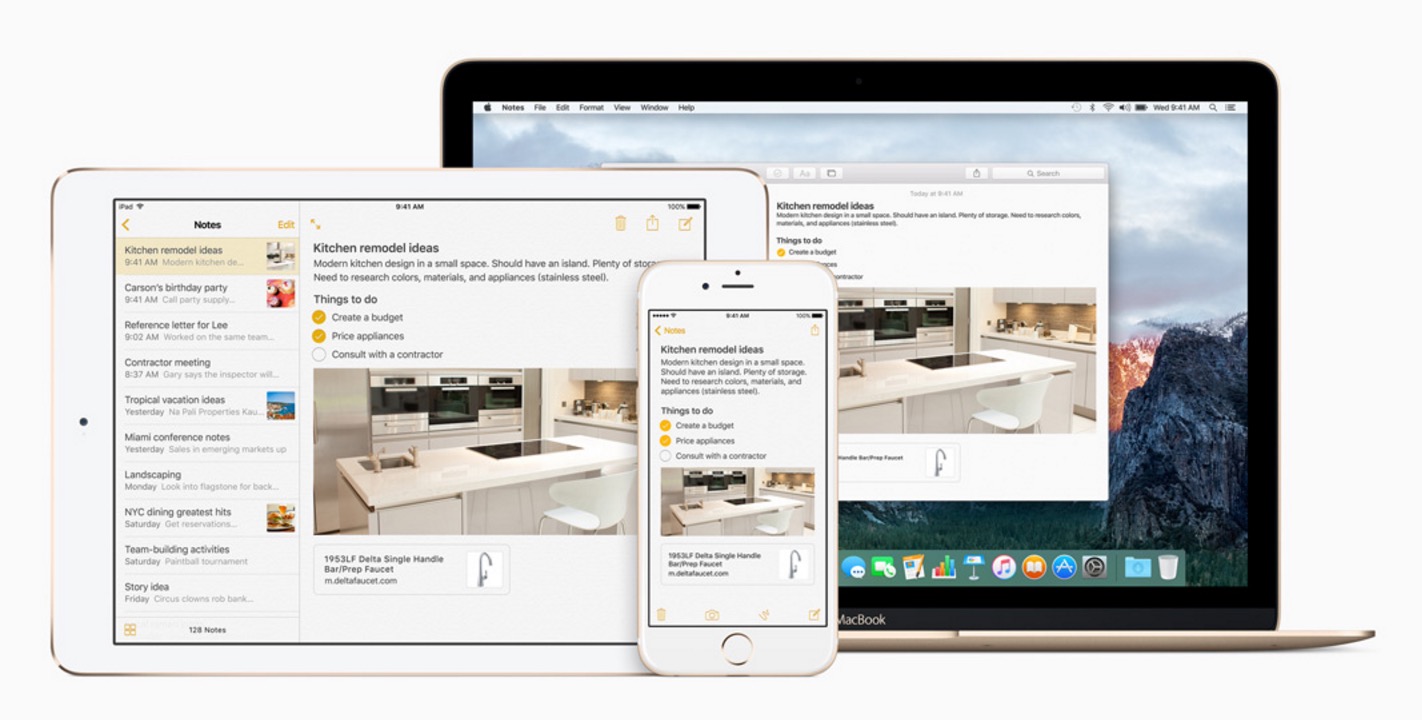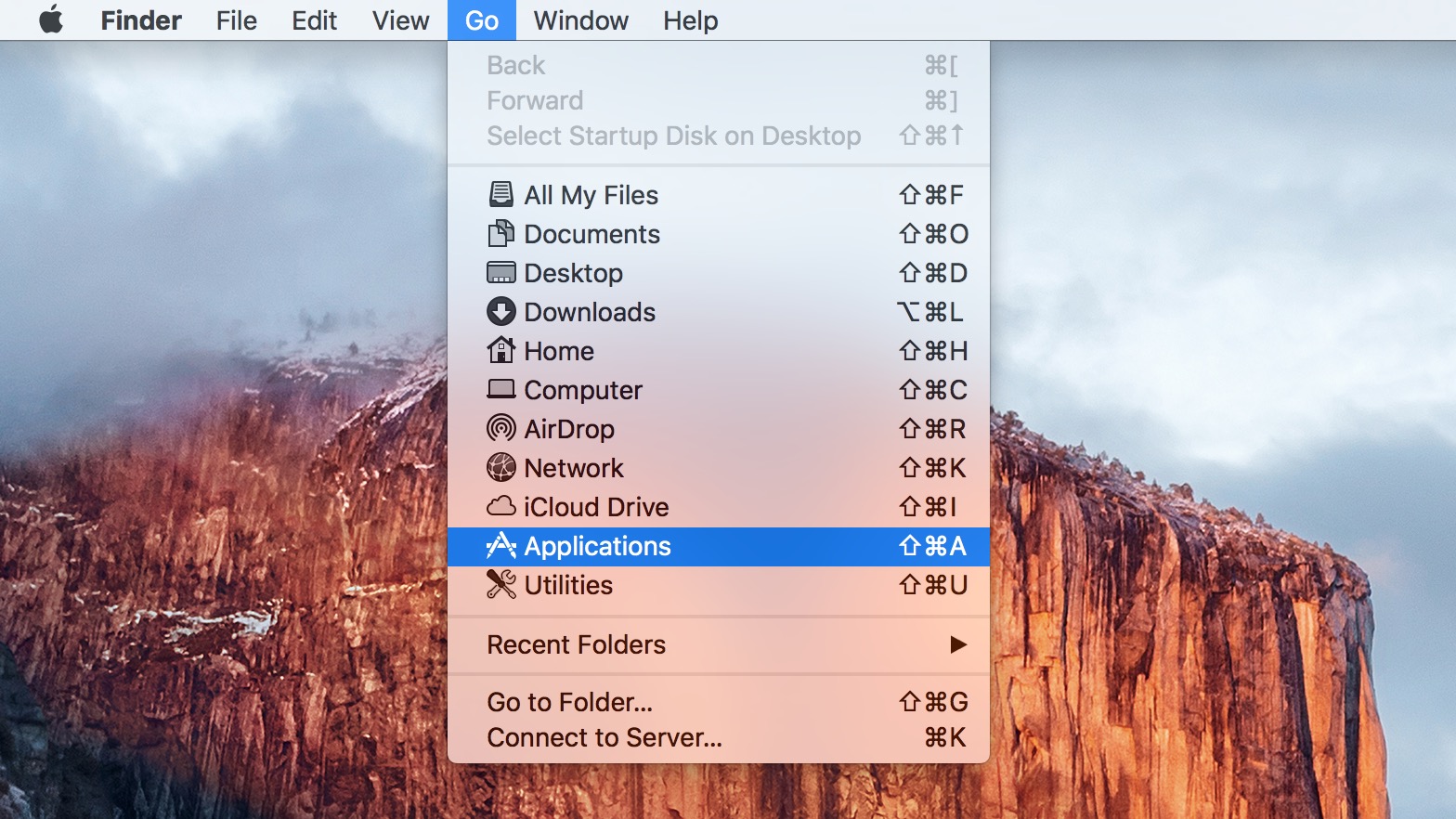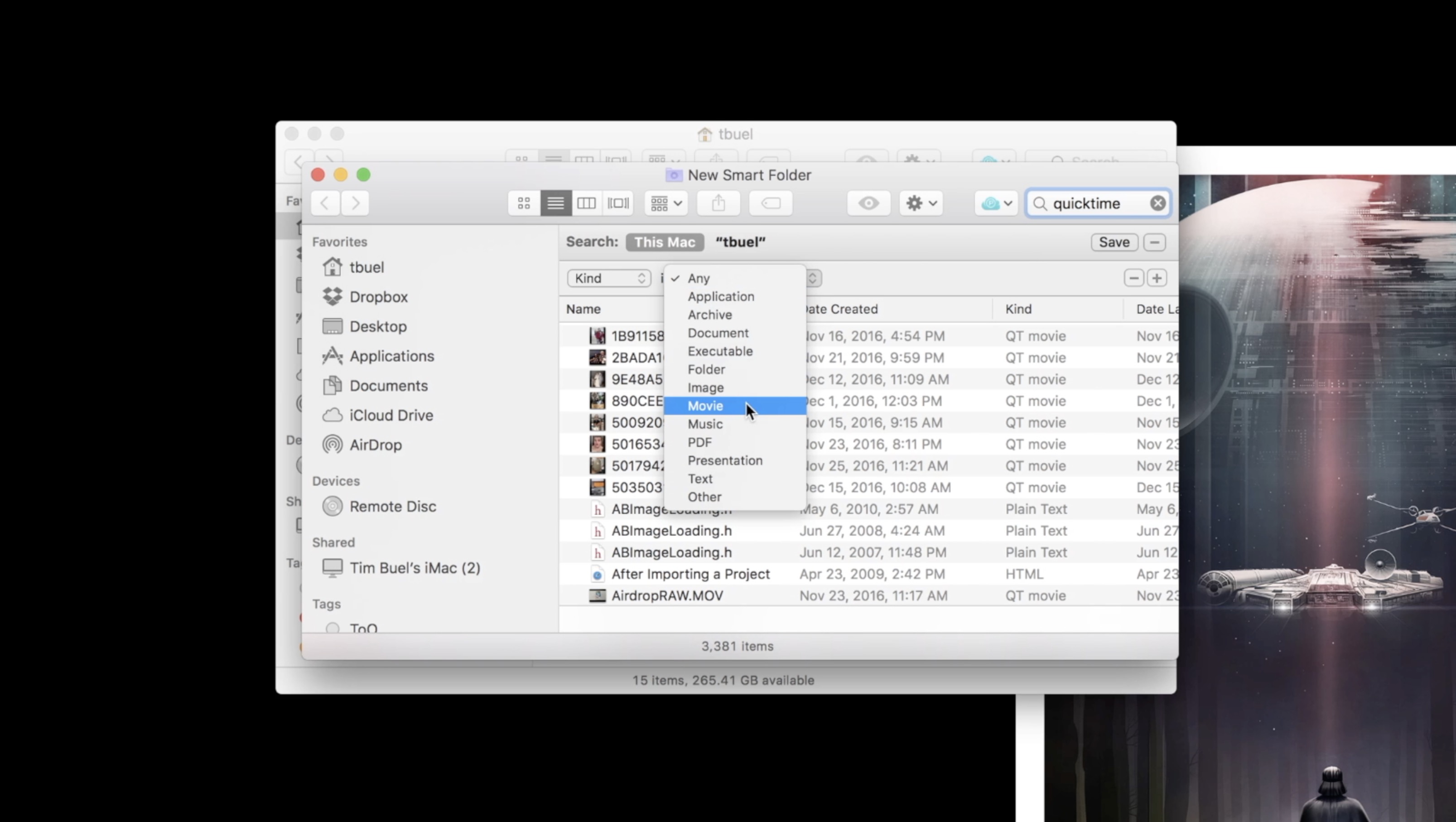Now that we’ve had some time with OS X Mavericks, we want to show ten cool Mavericks tricks to help users get more out of Apple’s newly updated operating system for Macs.
Move Dock Between Two Displays Quickly
We shared a few reasons to upgrade to OS X Mavericks in an earlier post. The enhanced multi-display support made the list. However, when a user connects two or more displays, the operating system places the Dock, the shelf at the bottom of the OS X screen with icons ready to launch favorite apps, at the bottom of the default screen. Want to change that or quickly launch an app on the Dock without moving the mouse cursor to the other connected display? Then place the mouse cursor at the bottom of the screen without the Dock and hold it there for a moment and the Dock will jump to that display.
Add Tags to Multiple Files at Once
We also shared in the above mentioned post about tags. These key words make searching for files easier and faster. To add tags to more than one file at a time, just select all of those files in Finder and then right-click on one of the files making sure not to accidentally deselect the others and only select that file. We mention it because it’s easy to do.
The pop up menu includes an item that says Get Info. Select it and a file info box will appear. Near the top find the tag box and type in a tag. For example, I collect all of my sermon notes files into a folder called Sermons. I selected them and chose Get Info and then typed in Sermon. Close the box and now that tag appears in Finder as a fast search in the lower left section. Click the tag and every file with the tag will appear. Available tags appear at the bottom of the left hand column in Finder.
As an added tip, there’s a collection of color tags. Use each color for a specific kind of file. For example we could add the Red tag to work files or the Blue tag to all files related to family. Then every picture, document, spreadsheet, video or audio file with a Blue tag will show up after clicking the Blue tag item in Finder. The same holds for the Red tag.
Let Safari Generate Complicated Secure Passwords
For important websites that need a secure password, use the Safari password generator that’s built-in. When a user loads a sign-up page, like the one above, once the user enters an email address and then places the cursor in the password box, Safari will offer a pop-up with a suggested password. Use the password by clicking on it, then Safari will save user name or email address along with the generated password to the user’s iCloud Keychain. This doesn’t work if the user didn’t already set up iCloud Keychain. See how below.
Setup iCloud Keychain
In order to use the above tip, users must enable iCloud Keychain. Open System Preferences, either from the Apple menu at the top left or the icon that looks like a black and white gear from the Dock. Find iCloud and open it and put a check mark next to Keychain.
Enter the iCloud password in the box that pops up and then choose a four digit security code in the next box. OS X will ask for the code again to confirm it and then it asks for a phone number that can receive an SMS text.
Now, when using Safari, passwords will get saved and synced across Apple devices. Bookmarks will show up on both the computer and iOS devices too.
Send Maps or Directions to an iOS Device or Elsewhere
Planning a trip on an iPhone or iPad can get frustrating. OS X Mavericks now comes with the Maps app that we run on iOS devices and the ability to send maps and directions to those devices, making this process easier.
Open Maps on the computer. For directions, find the two sites between which you’re driving. Then click the Share button on the toolbar and choose which device to send the directions to. This gets easier for just a map. Make sure the area of the map shows up in the computer version and do the same as before, selecting from the iOS device registered. For this to work, the user must register their iOS device and their computer running OS X on the same iCloud account.
Users can also send Maps via Mail, Messages, AirDrop, Twitter and Facebook. The user can also add a bookmark to the place showing in the app.
Discover New Music in iTunes Radio
iTunes 11 comes with a great new feature for music fans called iTunes Radio. iTunes users can listen to their music and set up “stations” of music based on their favorite groups, songs or albums.
To get to iTunes Radio, click on Music in the drop down list in the top right of the iTunes screen. For people who turn on the Sidebar in iTunes from the View menu, Music sits at the top of the left hand Sidebar. Across the top of the Music screen look for the Radio tab at the end of the row. The first time iTunes may ask the user to enable this feature by logging in and turning the Radio feature on with a click of a button. All users can use Radio, but iTunes Match customers get the service without ads while all others must listen to ads. For only $25/year, we think the iTunes Match service is a bargain.
Users can create their own stations. Just click the plus sign next the words My Stations in the iTunes Radio screen. Search for a song, artist or genre of music. For the holidays try Christmas or for a station based on Daughtry type the band’s name into the box. Below the search box the app offers stations based on genres based on music in the library or popular stations.
Use Safari Reading List as Temporary Bookmarks
Safari users can create temporary bookmarks using the Reading List feature. For example, if a reader wanted to read our review of the HP Chromebook 14 on Notebooks.com but doesn’t have time to read it till later, the person can add it to the Reading List and then check it out later either on the computer or on an iPad or iPhone connected to the same iCloud account.
To add a page to the Reading List in Safari either click on Bookmarks and then Add to Reading List or use the keyboard shortcut CMD+SHIFT+D. Then open it later on a computer using the Bookmark button just below the left arrow on the Safari Favorites Bar. On an iPad it’s under the Bookmarks button next to the URL box.
Share Screen with Apple TV Wirelessly Using AirPlay
Whether a Mac user wants to show a presentation or just use their TV for a second display, they can do so wirelessly using AirPlay and an Apple TV hooked up to their TV or projector.
The AirPlay button shows up on the Menu bar in OS X Mavericks. It looks like a box with a tiny up arrow on the lower line. Click it and choose the Apple TV name where the second screen should show up. The screen will flash and the resolution may change on the main screen. After the screen flashes click the button again to set preferences like mirroring or using it as a secondary display. The user also disconnects the AirPlay display from this menu.
This gets useful for watching videos on the Apple TV while working or for doing presentations with the main computer screen used as the Keynote Presenter Display.
Find Newly Installed Apps Using Launchpad
When a user installs a new app from the Mac App Store, one way to find it quickly is to open Launchpad and look for the app with the little sparkles around it.
To easily start Launchpad, put it in the Dock or create a keyboard shortcut for it. To do the latter open System Preferences like we did before and find Keyboard. Click on the Shortcuts tab and select Launchpad & Dock from the left side. An item for Show Launchpad already shows up. Put a check mark in the box and create a keyboard shortcut by clicking in the box that appears and press they key combo. I used CMD+OPTION+SHIFT+L. From now on this key combo will toggle Launchpad on or off. Use it right after installing an app to quickly open Launchpad and find the sparkly app icon.
Use Enhanced Dictation
To use dictation while offline, the user must enable the feature in System Preferences. Find Dictation & Speed and click on the Dictation tab. Turn on Dictation and then put a check mark the Use Enhanced Dictation box. The computer will download the necessary files from the Internet so that a user can dictate offline. By default pressing the Fn key twice turns Dictation on. It’s a good idea to keep it as is because it’s easy to accidentally press the Command keys twice since they’re used more.

